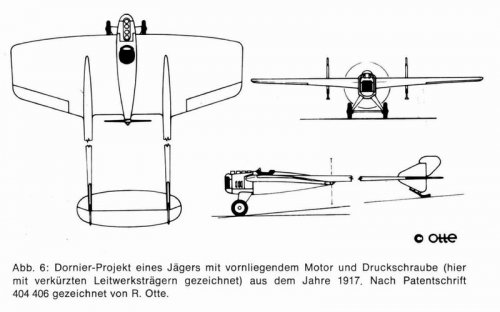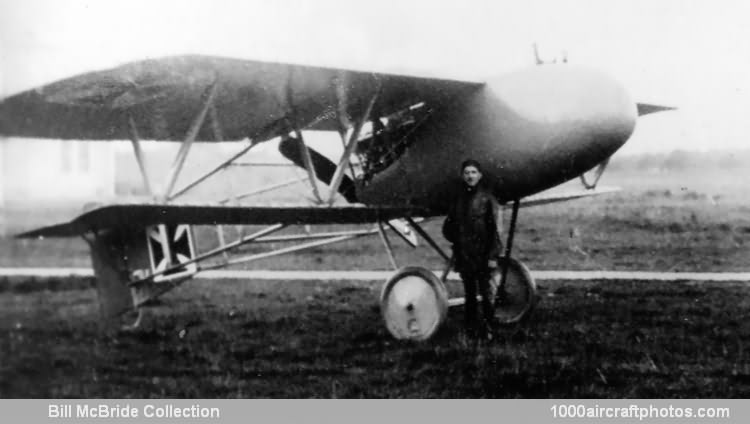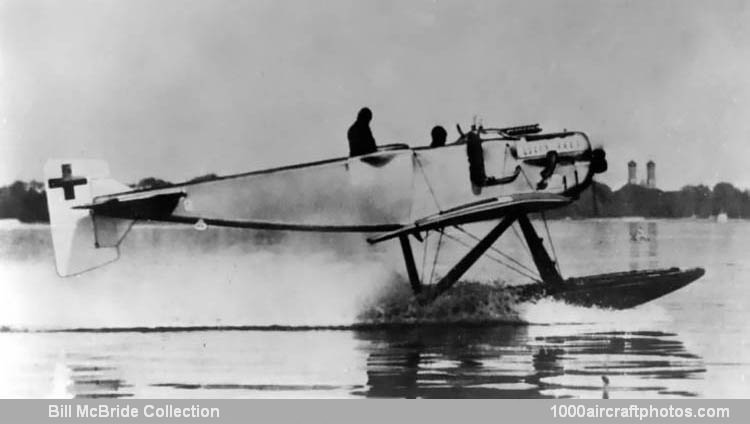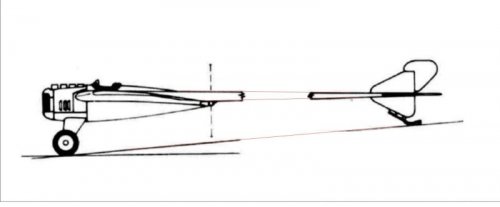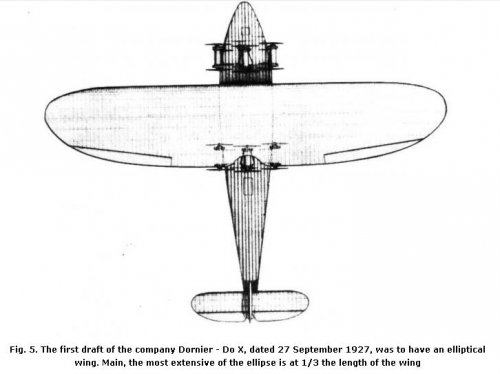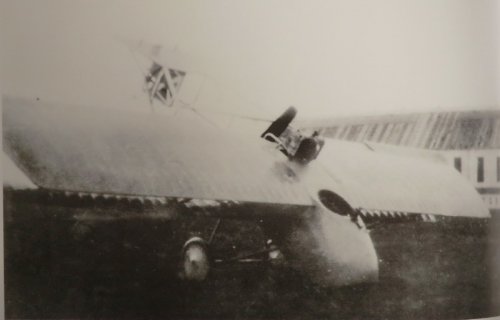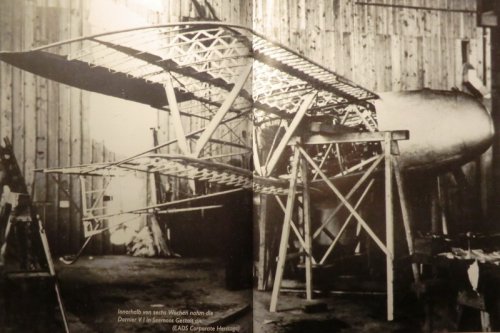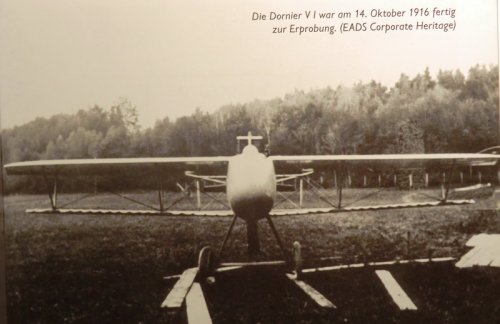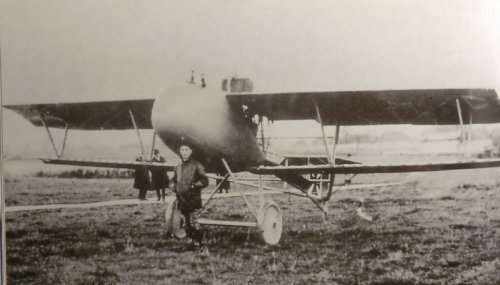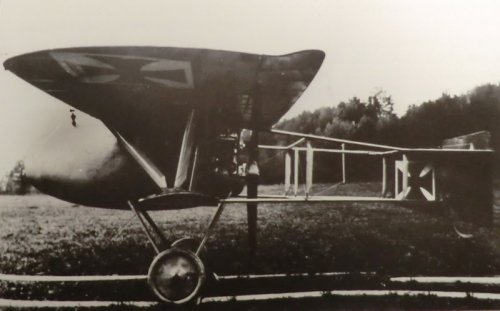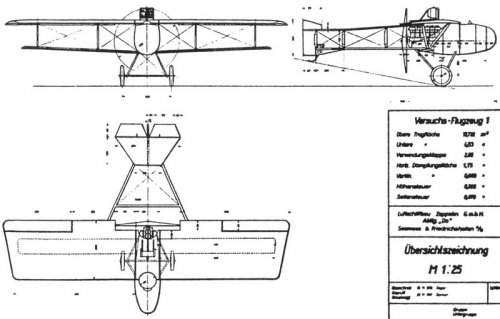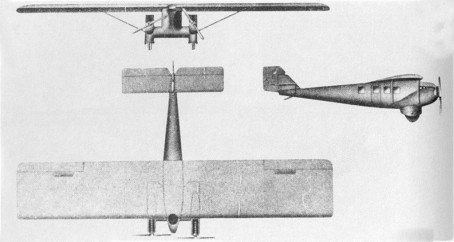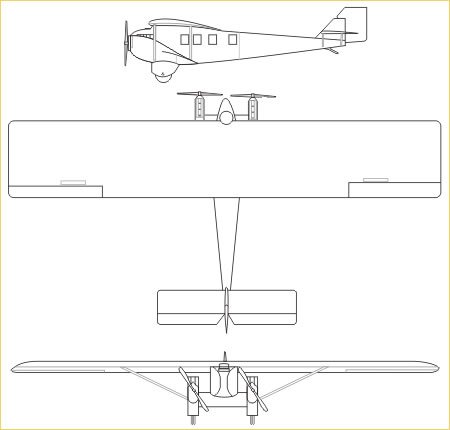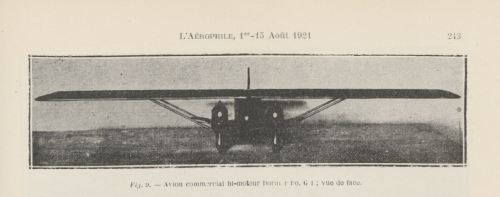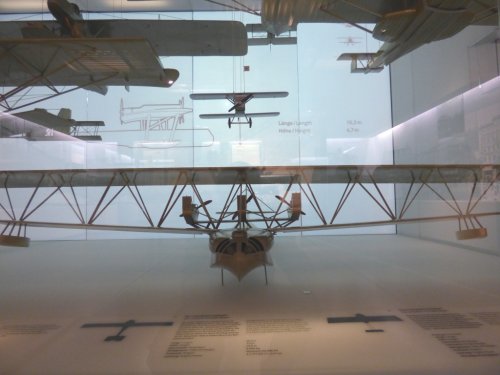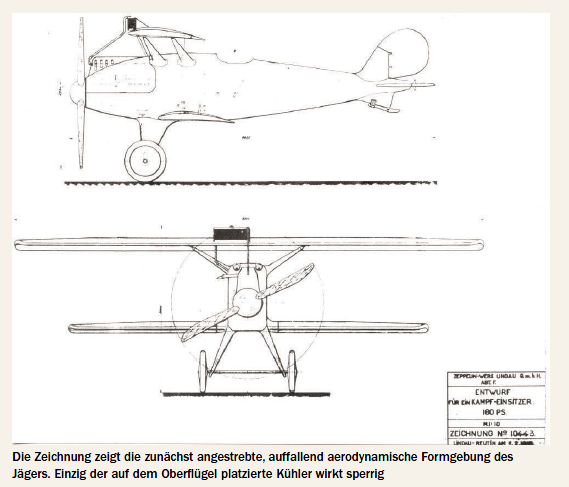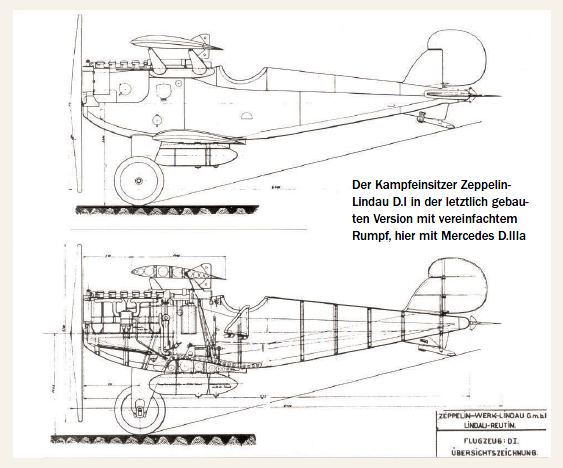- Joined
- 11 March 2006
- Messages
- 8,625
- Reaction score
- 3,805
Looked for an existing thread to add the following project, but perhaps it should
be at least a specific one for Dornier.
From Luftfahrt International Nr.12, Nov./Dec. 1975 a Dornier project for a single-seat
fighter with pusher prop and engine in the nose and what must have been quite long
twin-booms (Hello Tophe ! )
)
The caption says, the drawing was made by R.Otte using the drawings for patent
nr.404 406. Unfortunately no other data or explanations.
be at least a specific one for Dornier.
From Luftfahrt International Nr.12, Nov./Dec. 1975 a Dornier project for a single-seat
fighter with pusher prop and engine in the nose and what must have been quite long
twin-booms (Hello Tophe !
The caption says, the drawing was made by R.Otte using the drawings for patent
nr.404 406. Unfortunately no other data or explanations.

